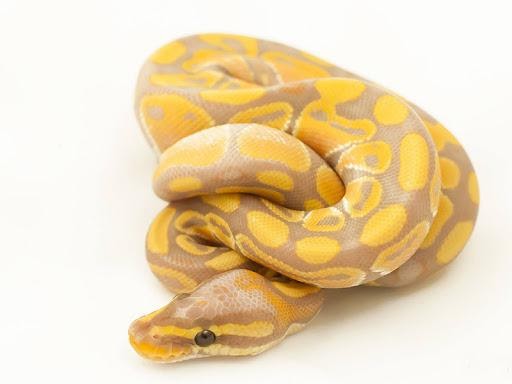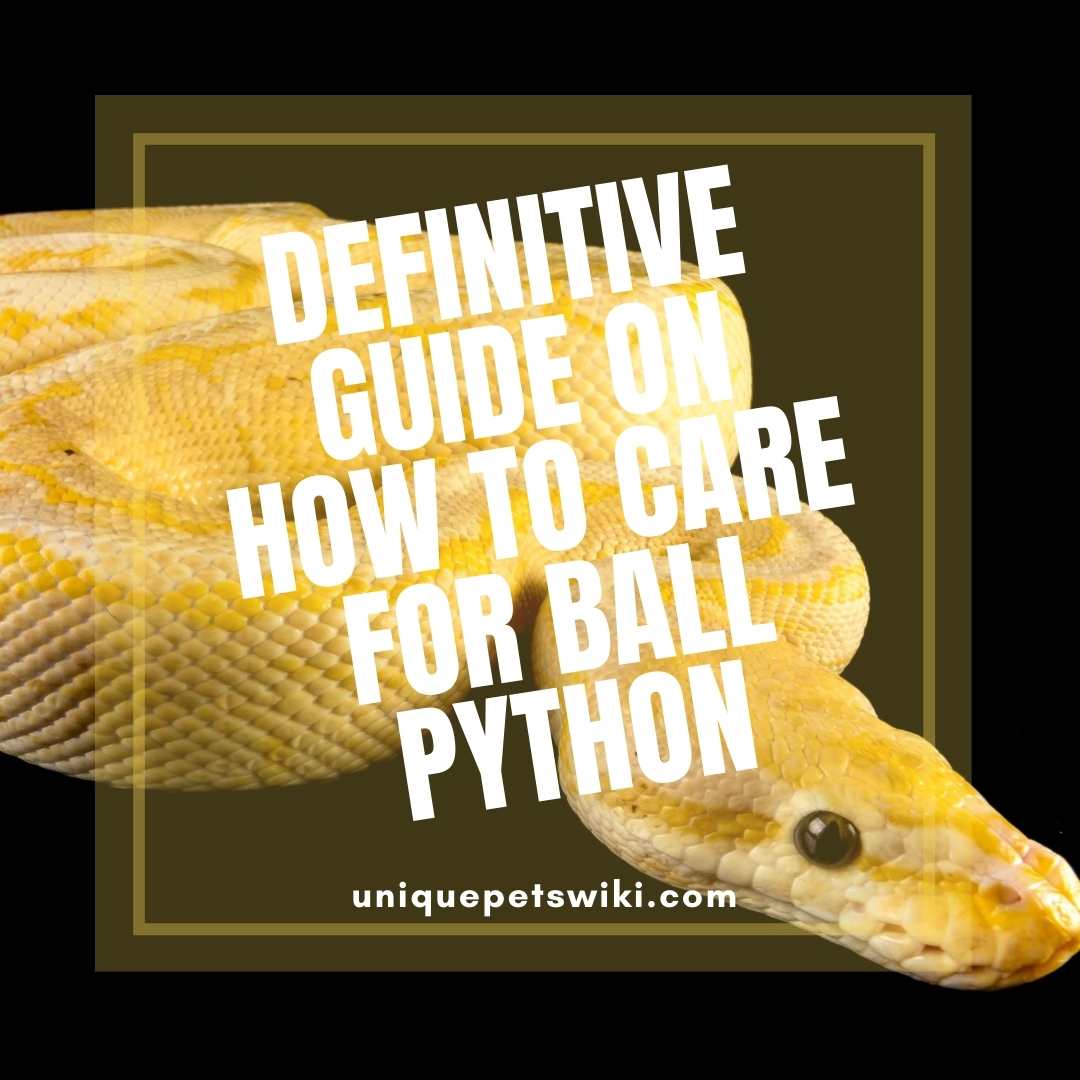Ball pythons are also known as royal pythons. They are friendly and easy to manage, which makes them the most preferred pet python. We will discuss more about on how to care for ball pythons.
If you are a first-time snake pet keeper, ball pythons are the best snake pets for beginners. They do well in warm tropical areas, and hence they are initially found in Central and Western Africa.
If you are still in doubt if ball pythons are the best captive snakes you can keep, worry no more! Ball python thrives well in captivity.
Here is a list of the topics that this article is going to answer how to care for ball pythons.
- What are ball python fun facts?
- Ball python life span
- Ball python size and weight
- Can ball python bite?
- Ball python health and behaviour
- Ball python habitat
- Ball python diet
- Ball python cost
Before we jump into how you can care for ball python pets, here is a list of amazing facts about ball python that makes them unique and adorable.
Contents
Ball Python Fun Facts
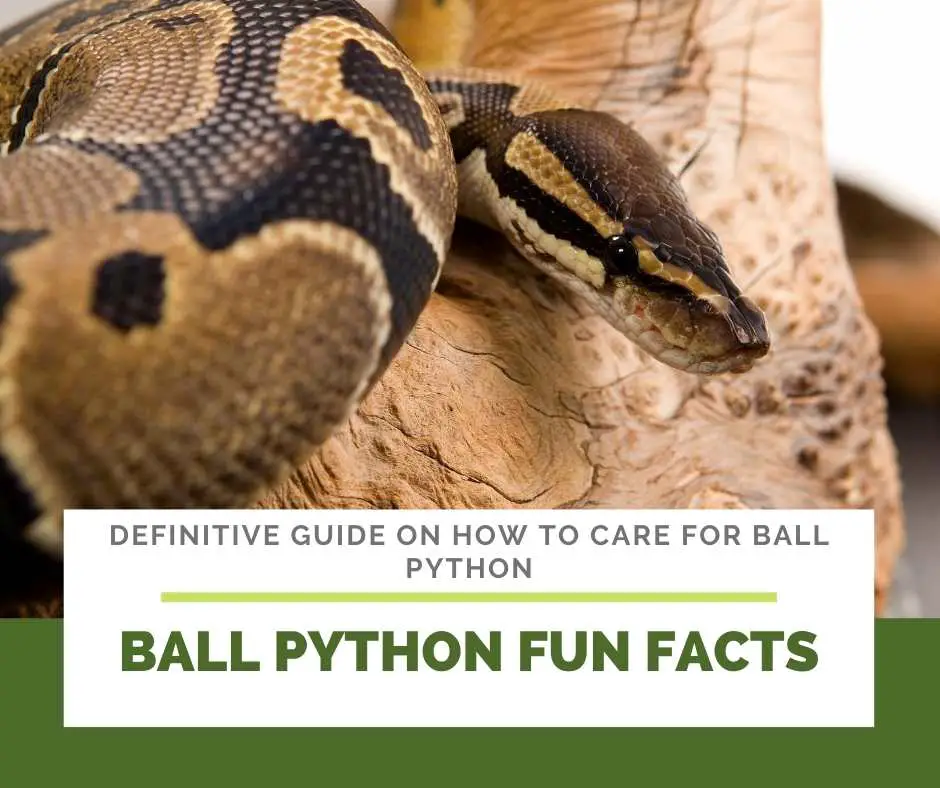
- If you are wondering why they are called ball python, it is because they tend to curl into a ball as a defensive measure whenever they feel threatened.
- Ball pythons are docile and like to be cuddled. This fact makes them a perfect pet snake for captivity.
- The ancient royalty would wear them as jewelry, and that’s where the name “Royal Python” was derived.
- Each python differs from each other. Each ball python has a beautiful, unique pattern from the other.
- Ball pythons are small compared to other python species. They only grow to a length of 3 to five feet long.
- The incubation period of a ball python is usually 80 to 105 days. Ball python likes to curl around her eggs until they hatch.
- The young ones of a ball python are called hatchlings and are usually 14 to 17 inches long.
- Hatchlings are usually very bright in colour, and they slightly fade as they get older.
- Ball pythons come in varieties. These include pastel, spider, pinstripe, among others.
Ball Python Lifespan
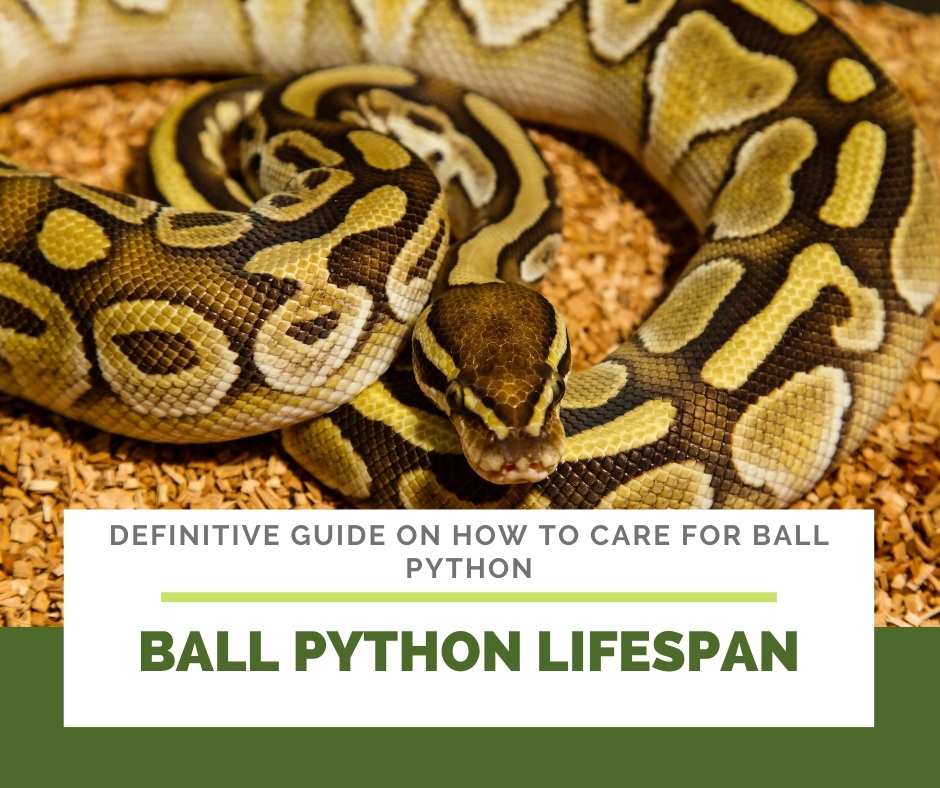
Usually, a ball python will have a lifespan of 20 – 30 years. The ball python lived for 48 years, which was recorded at Philadelphia Zoo in 1991.
Naturally, the lifespan of any snake is likely to reduce by 40 – 50% if in the wild. Captive ball python will live longer than wild python if given proper care
Here are some of the factors that are likely to influence ball python in the wild.
- Predators
- Sickness
Predators
Ball python predators include:-
- Other giant snakes such as black cobra
- Carnivorous birds
- Man
Man
Man is probably the biggest ball python predator. It is because ball pythons make a tasty delicacy, and they are non-venomous. In most countries in West Africa like Ghana, Nigeria and Cameroon, people feed on ball pythons, which makes it an endangered snake species.
Other predators such as predatory birds and black cobra feed on ball pythons. The ball pythons are small in size and are docile. Their docile natures make them an easy target for the black cobras and large predatory birds.
I will discuss other factors that affect ball python lifespan like habitation and sickness in depth later in this article.
Ball Python Size And Weight
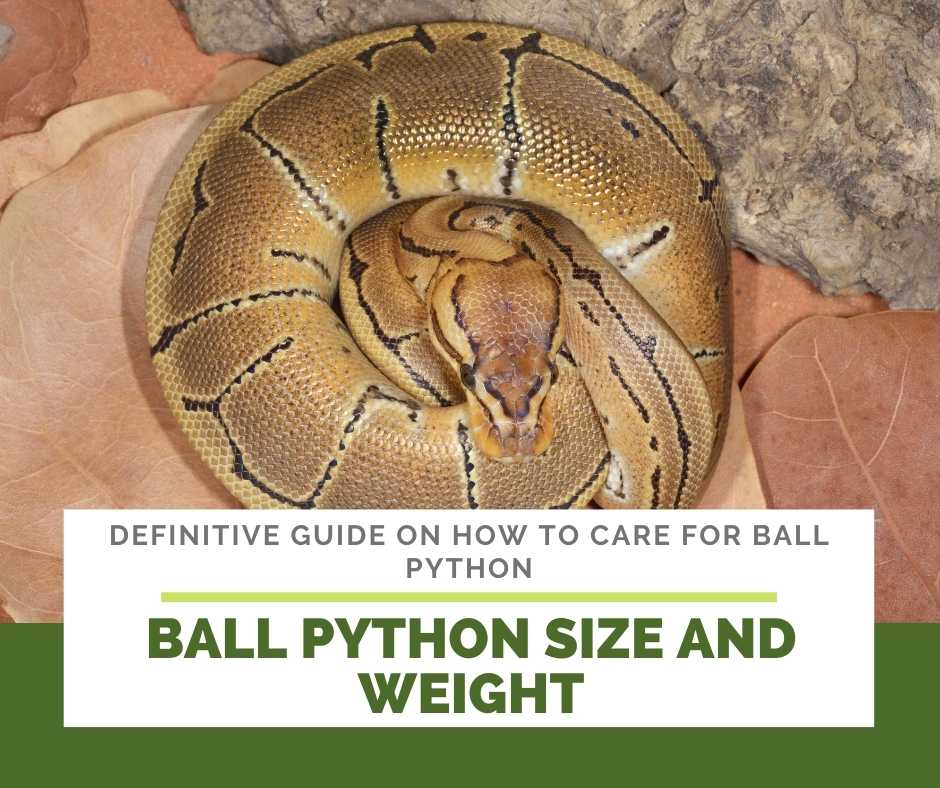
How Long Can Ball Python Grow And How Much Does An Adult Weigh? People targeting to keep ball pythons will frequently ask this question. If you are thinking of keeping a ball python, you will want to know how big the snake is likely to grow. The size of the snake will determine the size of the cage.
How Big Can A Ball Python Grow?
Ball python does not grow very big, which is good for the snake keeper. Female ball python grows bigger compared to a male ball python.
A full-grown female ball python will grow to an average length of about 4 to 4.5 feet while a male ball python will grow to a range of about 3 to 3.5 feet.
The average length of a ball python is 4 feet. A ball python of about 6 feet long has been recorded though this is a rare case.
The average weight of a ball python is 3 to 5 pounds. This makes them better pets compared to their cousins, who are usually very big and heavy.
Can Ball Python Bite?
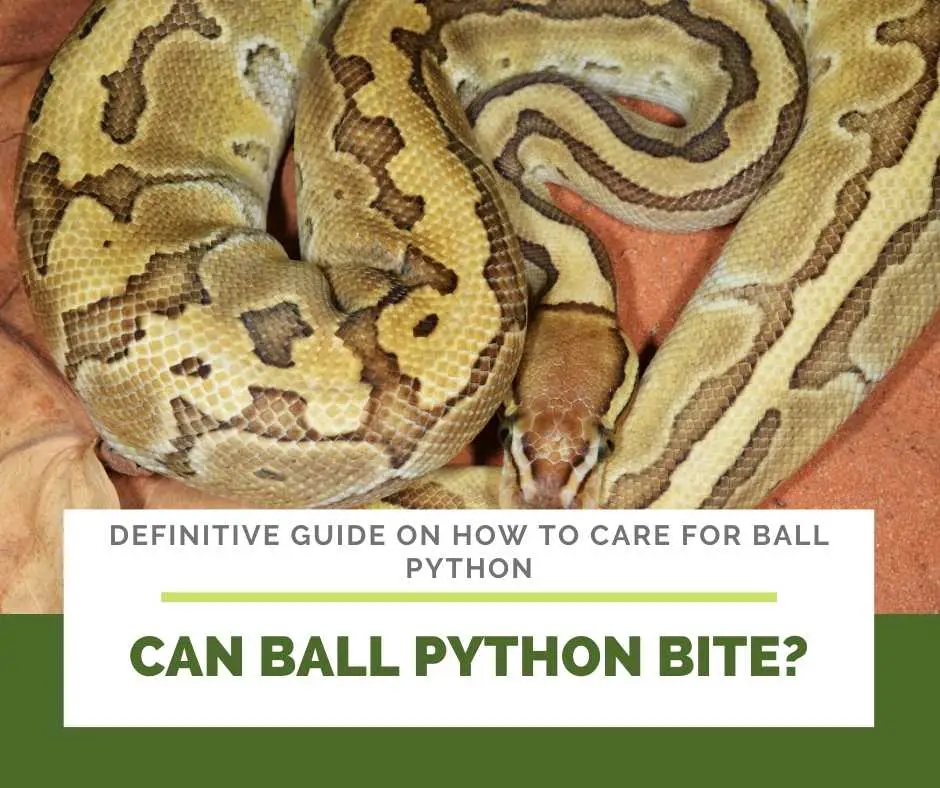
Just like any other serpent, the ball python is likely to bite you. However, the ball python is non-venomous, and hence the bite is harmless.
It does not mean that a ball python’s bite does not give most people a scare. Who wants to be bitten by a serpent?
What Happens When A Ball Python Bite?
Usually, ball pythons are docile, but in some occasions like when agitated, hungry, shedding, or after feeding, the ball python is likely to bite. When ball python bites, it latches on its prey.
When this happens, the worst you can do is to yank the ball python off you. When you pull, the ball python will harm you more as it has many teeth angled towards the back, and that makes it easy for it to latch on you.
What Do You Do When a Ball Python Latch On You?
- Calm down and relax. It is very natural for a ball python to bite and latch on its prey, and so don’t try to yank it off.
- Pour ice water around the bitten area. This is to make the ball python uncomfortable and let go of its prey.
- Pour alcohol on the bitten area. This, too, will make the ball python unlatch, and it will also help kill the bacteria that are likely to cause infection on the wound.
- Even though ball pythons are non-venomous, the serpent’s teeth contain bacteria that are likely to cause infection and hence it’s good to disinfect the bitten area.
- If you are feeling worried and uncomfortable, you can seek medical attention even though you shouldn’t be overly concerned since ball pythons are non-venomous.
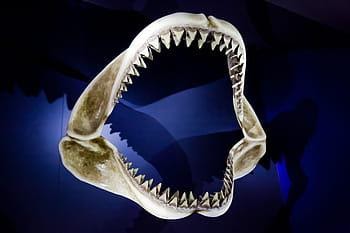
Ball Python Teeth
- Ball python has many teeth. Usually, they have an average of 25 – 35 teeth.
- The top jaw of the ball python contains four rows of teeth, while the bottom jaw comprises 2 rows of teeth.
- The teeth are closely aligned with each other, and they all face backward, which makes it easy for the ball python to latch on its prey.
Ball Python Health And Behavior
Does The Ball Python Get Sick?
It is not easy for a snake keeper to tell the specific disease that the snake is suffering and will raise the question how to care for ball pythons. However, a snake keeper, you will observe some symptoms that will help you know if your snake is unwell.
Here are some of the symptoms, if observed, should consult your snake vet or take your snake to the pet clinic.
Lack Of Appetite Or Anorexia
This is one of the major symptoms that you are likely to observe when your serpent is sick. However, lack of appetite in snakes does not entirely mean that the snake is sick as snakes may stop eating when:-
- When a snake is under depression may be due to a change of habitation.
- When mites highly invade a snake, the discomfort might render the snake to loose appetite.
- During shedding, the snakes are known to stop eating until the shedding is complete.
- Vomiting In Snakes
This common condition in snakes will help the snake keeper tell if:-
- The snake is sick
- The environment temperature is too low.
- You are handling the snake too soon after feeding it.
- Infectious Stomatitis
It is the inflammation of the mouth cavity. It is a dangerous sign in snakes and can be caused by several factors such as:-
- Inadequate nutrition
- Snake mites invasion
- Poor husbandry
- Other diseases in snakes
- Respiratory System Problems or Difficulty in Breathing
It can be noticed by observing the nasal cavity. Discharge in a snake nose could be a as result of advanced pneumonia, which is usually a fatal sign in snakes.
An upper respiratory infection can also cause difficulty in breathing in snakes.
Retained Cap And Improper Shedding
This, too, is a sign that your snake is sick. When you see your ball python shedding small pieces of skin instead of one single piece, you should consult your snake vet immediately. Also retained eye cap is an alarming sign that should be observed by a snake vet.
Usually, shedding takes about 14 days, and the snake seems dull, and its eyes whitish blue. The snake does not eat during this process, and its skin is usually very delicate and hence should be handled with care.
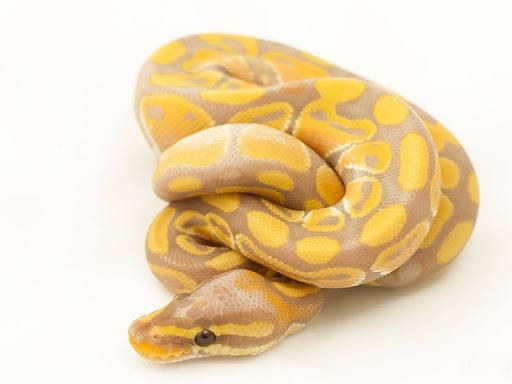
Ball Python Habitation
When you choose to become a ball python keeper, the most crucial factor to consider is your snake’s cage. To keep your snake comfortable and safe, you will need to get the right cage where it cannot escape and get hurt.
Here are some of the most important factors to consider when choosing your ball python’s cage.
1. The size of the cage
The size of your snake will determine the size of the cage. If you are keeping a baby ball python, you should get a cage that is at least 20L and 40L for an adult ball python.
Too much space for a snake makes the snake overwhelmed, while too little will make the serpent depressed. The cage should also contain enough space for the snake to hide and climb.
2. Lighting and heating
Ball pythons are not able to regulate their body temperatures, and it is, therefore, critical to providing the right temperature for them. The average temperature for the ball python is usually between 780 F and 980F.
3. Humidity
Humidity is an essential part of a snake’s health. It is, therefore, very critical to maintaining the right moisture of 40 to 60% in your snake’s cage. Too much humidity will affect your snake’s shedding, while too little humidity is likely to make your snake’s skin to rot.
Ball Python Diet
How to care for ball pythons? Feeding your ball python is very critical. A baby ball python should be fed at least twice a week while an adult ball python should be fed once in 10-14 days.
Baby ball python can be fed with a large cricket and adult ball python be fed with adult mice and rats. Live preys are likely to injure your pet, and hence it’s good to feed your pet with frozen rodents.
Ball Python Cost
Ball pythons are usually not expensive. You can get a ball python at the cost of $50 and on rare occasions at $25.
However, the price of maintaining the ball python is a bit high but not unaffordable.
Depending on the kind of morph you want, you can spend an average of $375 to $1095 during the first year. In the second year, the cost is likely to drop to an average price of $160 to $340.
As you can see, a ball python is not expensive. It is achievable and accessible, and hence, if you are determined to become a ball python keeper, cost should not stop you from achieving your dreams.
I hope you have now the knowledge on how to care for ball pythons. With all that said, let me now give you a list of ball python morphs so you can get the best that fits your dreams.
Albino Ball Python
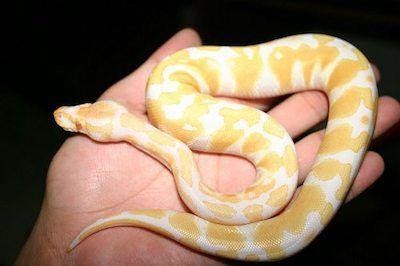
Pastel Ball Python
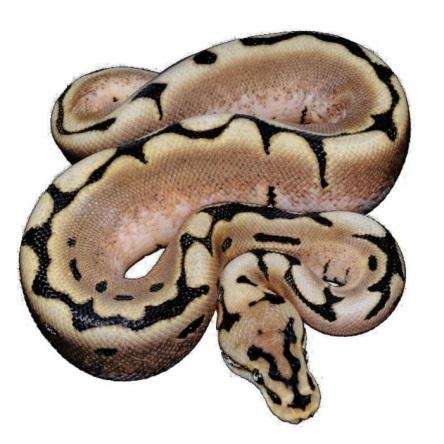
Spider Ball Python
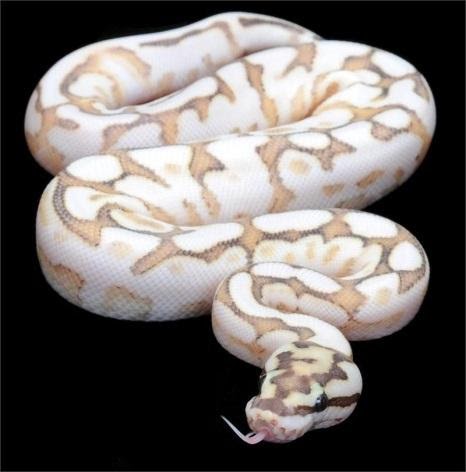
Nuclear Spider Ball Python
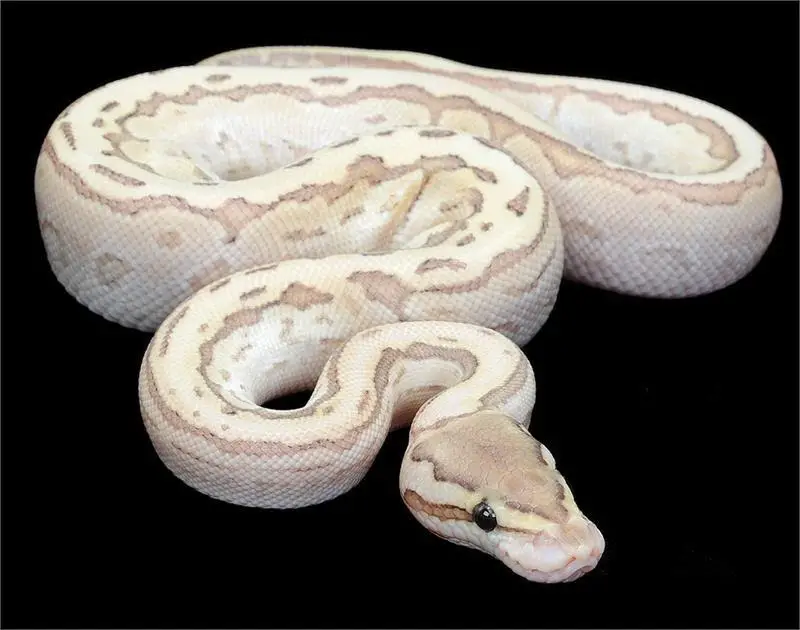
Python Banana Ball Python
